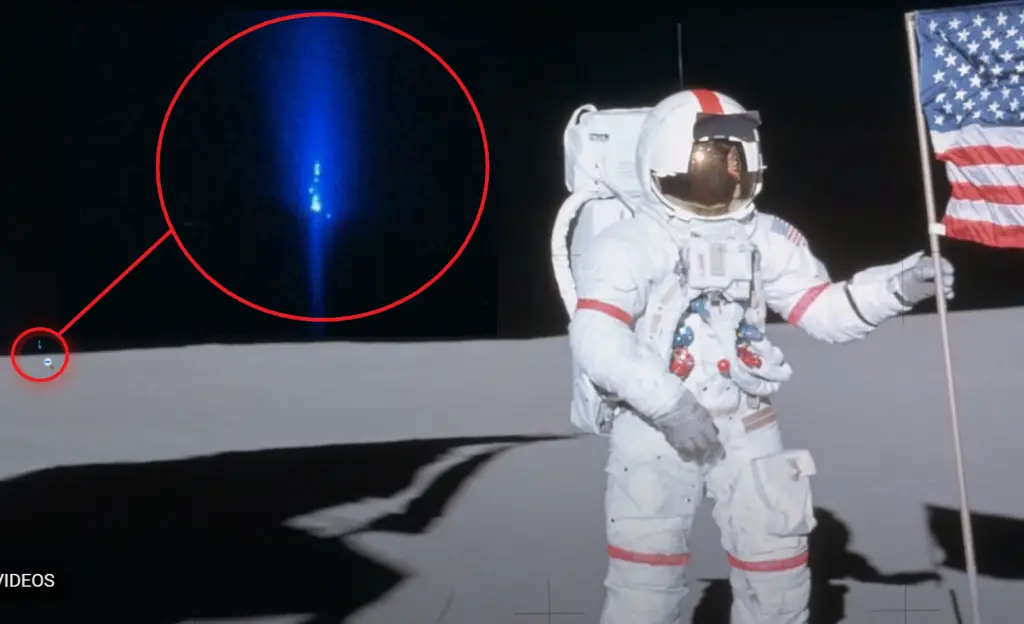Inspiration for new technologies can come from anywhere, sometimes solving requirements years ahead of the need such as RADAR from WWI solving commercial air traffic control today.
Probably the most prolific and fertile grounds for technological innovation is the theatre of war. From all that carnage and horror, comes lasting and fundamental change, some of it greatly benefits humanity long into the future.
Inventions like duct tape, sanitary pads, jet propulsion, digital cameras and parachutes are a tiny fraction of the inventions and technologies we created during wars.
However there is another fertile ground for technological innovation which has brought us almost as many innovations. Humanities desire to explore the spaces around us.
Exploration has not only allowed us to reach every corner of the earth, dive deep into our vast oceans, climb the highest mountains; it has also seen us fly among the stars.

When exploration combines with competition, we see some of the most rapid changes and developments in technology that fundamentally change society and the direction of our species. The future of technology is space; exploration, construction, communication even tourism.
The space race has given rise to a new era of innovation that has proliferated throughout society. From medicines, treatments and monitoring systems in our hospitals, to transport and guidance systems across the world and even every day household items in our homes.
In fact there’s a good chance you’ve got more space age technology in your home than you might think. Here are just a few of the space innovations you probably have in your home right now:
During the Skylab missions, NASA developed adjustable smoke detectors to keep astronauts safe. A fire in your home is bad news, but one in space, where you can’t get away and the fire is consuming your breathable air, is a catastrophe. Astronauts had to know immediately if a fire broke out, and would have only minutes to deal with it and ensure it was extinguished.
Memory foam mattresses can be found in many homes around the world. This is another benefit that came from the space race. NASA developed the compression memory foam for use in the reclined chairs astronauts use to deal with the extreme g-forces they experience during take off.
The Dust Buster handheld vacuums were a direct result of a NASA requirement. Black & Decker were commissioned to design an Apollo 11 Mission handheld space drill for extracting core samples from the moon. While this infrequently used moon tool wasn’t exactly a vacuum, it was the precursor to the design, because it required a long lasting battery, high performance energy efficient motor and a hand held design. A few years later, lo and behold, Black & Decker released the first ever Dust Buster.
For the Apollo missions and the moon landing, NASA developed a new type of polyurethane foam fabric. Not only did it provide space boots with comfort, resilience and spring it also increased ventilation, a bonus for astronauts spending long periods in space suits. This technology has found its way into almost every sneaker and sports shoe in the form of inner souls and cushioned padding.
LED lighting is another technology for which we can thank the clever scientists at NASA. Light-Emitting Diodes (LEDs) were developed for use on the Space Shuttle program. Not only do they produce brighter lights, they do it using much less energy. You can find them in just about everything from your home down-lights, car headlights, Christmas lights, even the lights in your mobile cell phones. LEDs are being installed all around the world to reduce energy consumption and also provide a light source which requires replacement less often.
We are still at the infancy of space exploration, having taken only the smallest of steps into exploring our solar system, let alone our galaxy or the greater universe beyond.
With current plans to create habitable moon bases in the coming few years, manned missions to Mars, commercial space flight, space hotels, asteroid mining, exoplanet hunting and the search for extra terrestrials to name a few; you can be sure we are going to see a host of new innovations and technologies in the years to come.
Where they will take us, and what innovations we will see from those exploits, we’ll just have to wait and see, but one thing is certain, space exploration will lead to new technologies, innovations and more gadgets for your home.